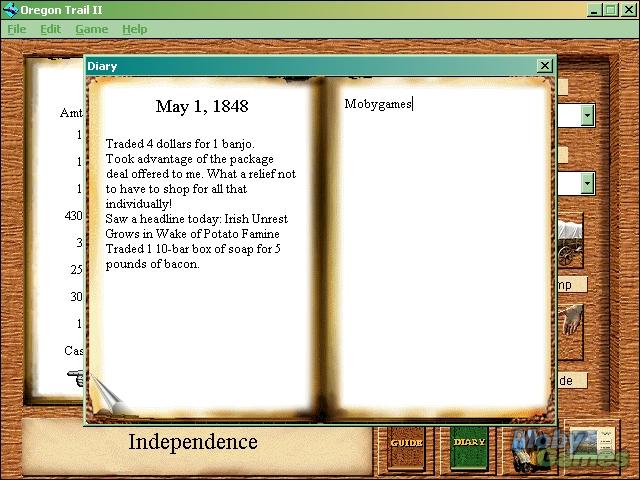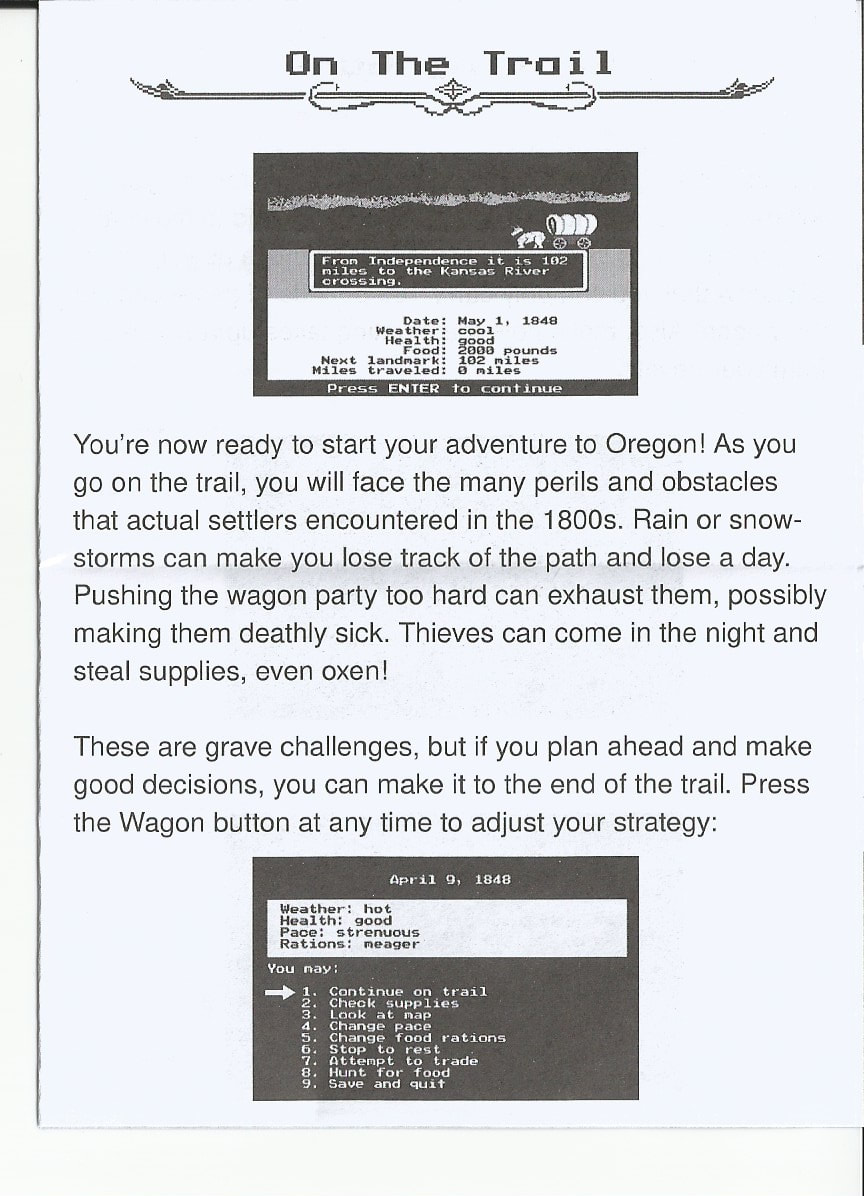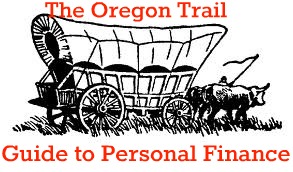

MECC’s computing model was similar to that of the Minneapolis school district-a centrally located mainframe computer that could be accessed via a teletype terminal in each school.

But at the end of the term, when his period as a student teacher came to a close, Don deleted the program from the computer system.Ī few years later Don began work at MECC (the Minnesota Educational Computing Consortium), a new Minnesota state agency tasked with providing computing access to all of the schools in the state. The game remained available, accessible to students in their spare time, for the rest of the semester. Bill and Paul observed similar results at their school. Despite the awkwardness of the teletype machine, the kids clearly enjoyed playing the game. Two weeks later, just in time for the class that Don was scheduled to teach, a first rough version of the game was ready to show the kids. Furthermore, both Bill and Paul had learned BASIC, a simple programming language that was ideal for creating a small computer program such as the one they envisioned.ĭon quickly agreed to the change in plans, and the three began to design and program the concept. The Minneapolis school district, where all three taught, had recently purchased a mainframe computer, and each school in the district had a teletype terminal for remote access to the computer.

They were enthusiastic about Don’s idea, but they suggested that it should be a computer game instead of a board game. Soon after Don began work on this concept, he shared his idea with his roommates-Bill Heinemann and Paul Dillenberger-who were also student teachers. He imagined a board game that could be played by students in the class that he was scheduled to teach. The very first version of The Oregon Trail began as a concept in the head of Don Rawitsch, who in 1971 was a student teacher in Minnesota. The Best New Games Designed for Designers The True Original Version Photography With a Nintendo Game Boy Camera from 1998 In other words, the game that ultimately became so successful was invented in two equally important stages-one in 1971, and the second in 1984–85.ĥ Things You Should Know About Stardew Valley I am quite certain that the 1985 design was the most original and creative version in the entire history of the product, excluding (of course) the completely original 1971 version.
Oregon trail 2 guide how to#
The 1985 product was far more than a new version-it was a complete reimagining of how to create a game about the Oregon Trail. A second big reason is that most of the features that people fondly associate with the game were first introduced in 1985. One obvious reason is that the 1971 version was text-only, and relatively few people have seen or played the text-only version. There are several reasons behind the popular impression that the 1985 version was the “original”. All of these people played key roles in the success of The Oregon Trail. (The 1985 design was also implemented on the IBM PC, Macintosh, and other platforms, but it first appeared on the Apple II.) I was the lead designer and team leader of this most famous version of this most famous educational game, and therefore I am an excellent source for revealing exactly how this design came to be.īecause this is a success story-and “success has many fathers”-the names of several other people will appear in this account (not just my own name, despite the braggadocio in the title of this piece). However, the version that many people assume is the “original”-the version that constantly appears in memes and magazine articles is the 1985 Apple II version. Many versions of the game were created over the years, dating all the way back to 1971.

The Oregon Trail is, by most measures, the most successful education computer game of all time.


 0 kommentar(er)
0 kommentar(er)
